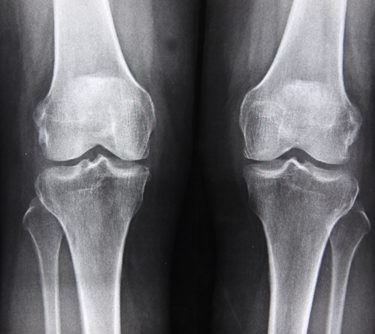Maximizing Your Medical Imaging Storage Options

Storing and transferring large and high volumes of medical images is critical, but it also includes many complications. Not only does medical imaging storage data require sufficient capacity and fast access, it must also be HIPAA-compliant, scalable, secure and affordable.
Despite storage serving as a key component for medical imaging archive systems, not all storage options function the same way. Differences in category, architecture, features and vendors all impact storage capabilities.
To truly maximize medical imaging storage, businesses must identify and implement the most economical, functional and long-term vendor-neutral image archival (VNA) solution possible.
Achieving this requires using a VNA based explicitly on the DICOM Standard “storage service class” that integrates with virtually any PACS or existing storage architecture. In addition, a hybrid solution that incorporates both in-house and cloud-based components will further increase the efficiency of your medical imaging storage.
Onsite vs. Offsite Medical Imaging Storage
“A robust imaging archival strategy will utilize both onsite and offsite servers.”
When reviewing the various medical imaging storage options, there are two main locations you can pick from: onsite or offsite servers. Since each side has its own advantages, a robust archive strategy will utilize both onsite and offsite servers.
Onsite Servers Familiar but Vulnerable
Many radiologists and technicians are familiar with onsite servers for accessing and storing images, as these methods represent their legacy hardware and software tools. They’ve been around for a while and those in the imaging departments know how to use them. These systems often provide faster access to medical images for active patient cases, helping streamline workflows.
However, leaving medical images stored on in-house servers can also put them at risk of a fire, flood or other natural disaster. Without having a backup for this data, radiology departments can find their entire server containing all their medical images completely wiped out.
Offsite Servers Reduce Risk, Produce Scalability
Offsite servers house the images at an external data center that’s accessible 24/7 from any device. This process, known as cloud-based services, allows for radiologists to safely store additional data they can access at any time, in addition to their in-house storage.
The data redundancy involved with cloud-based backups also makes offsite storage an ideal solution to mitigate the impact of a disaster.
Further, offsite data storage allows for seamless scalability, as the VNA manages capacity expansion transparently without you adding additional infrastructure and all while maintaining a minimal cost. As noted in SearchHealthIT, each year hospital radiology departments can generate more than 10 terabytes of medical imaging data. While smaller radiology operations might not create the same volume as a hospital, medical imaging is data-heavy to begin with and any organizational growth can easily surpass the limitations of onsite servers.
As you can see, both sides have their pros and cons. However, a hybrid onsite-offsite archive strategy ensures that your clinic has both fast and easy access to medical images, while also protecting your data against in-house problems. This provides the best of both worlds.
Click here to learn more about the fixed, one-time storage cost for Aspyra’s VNA solution.
